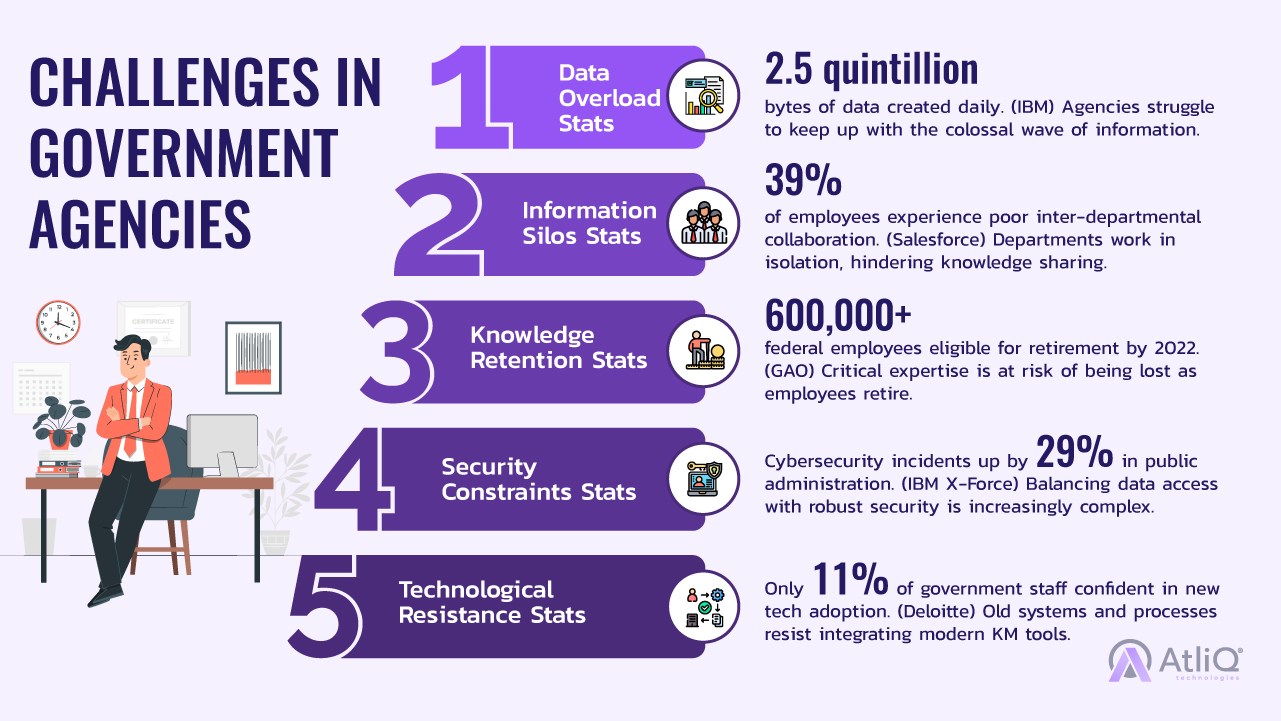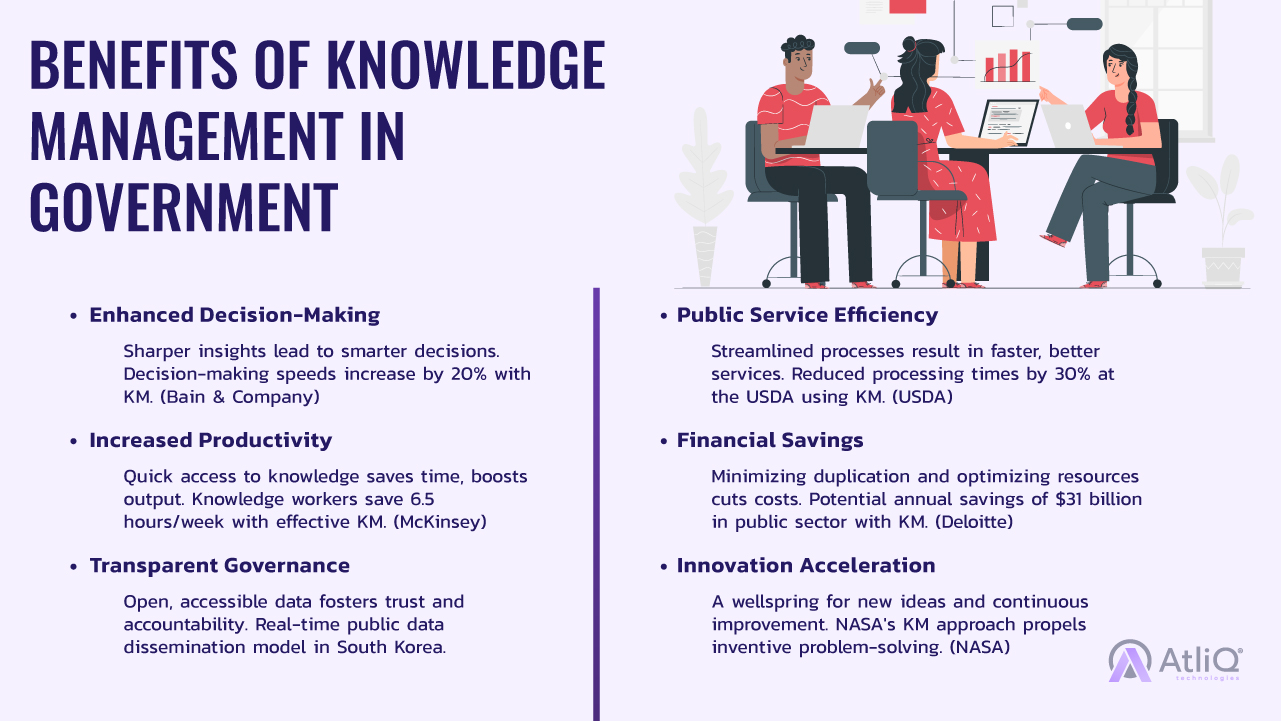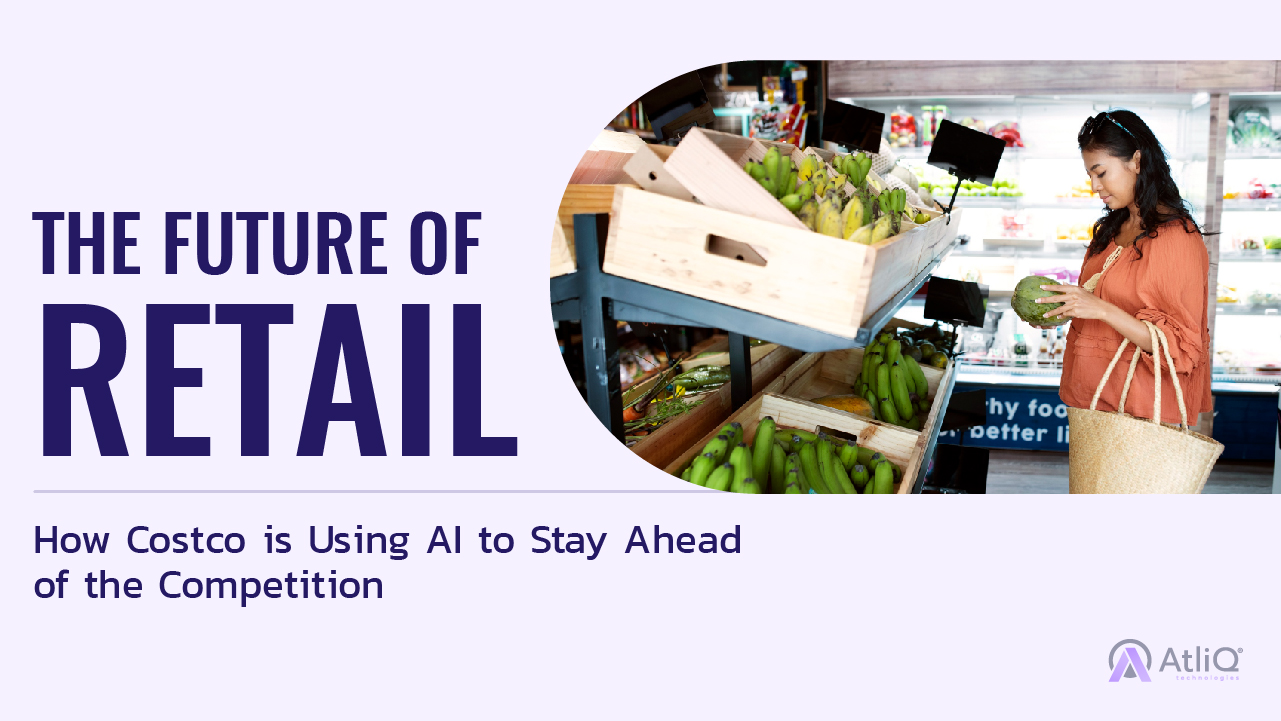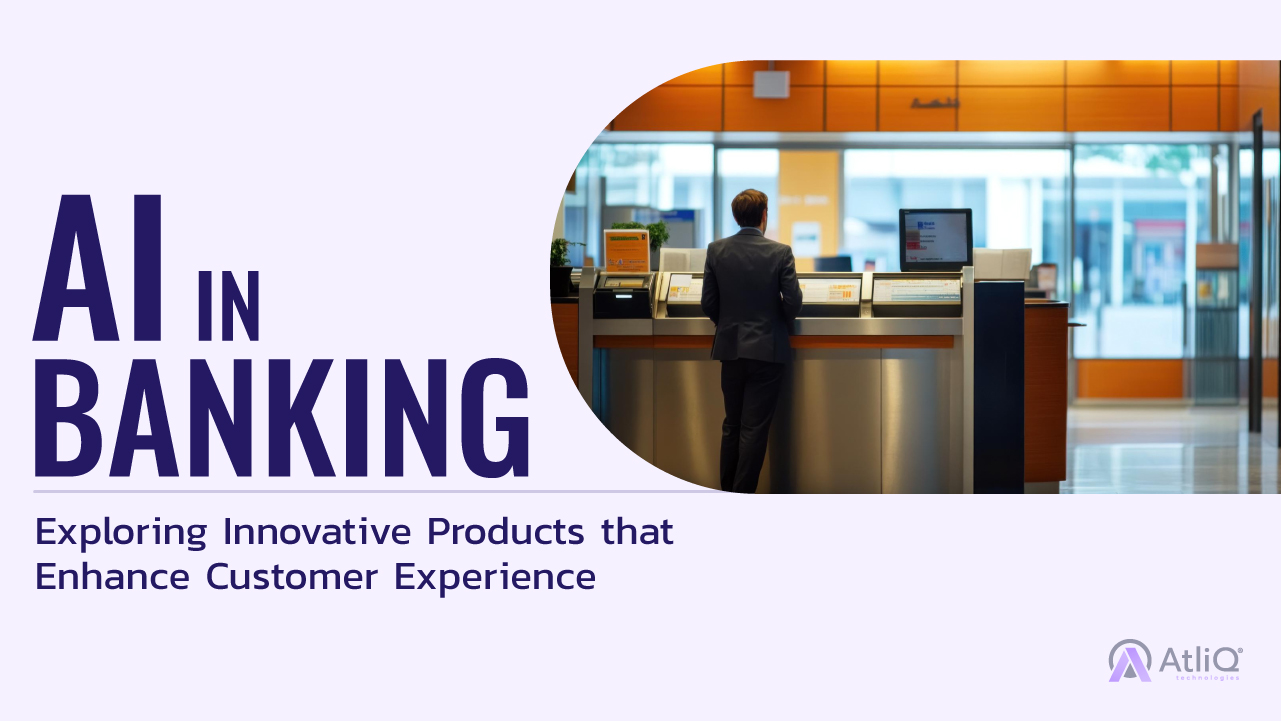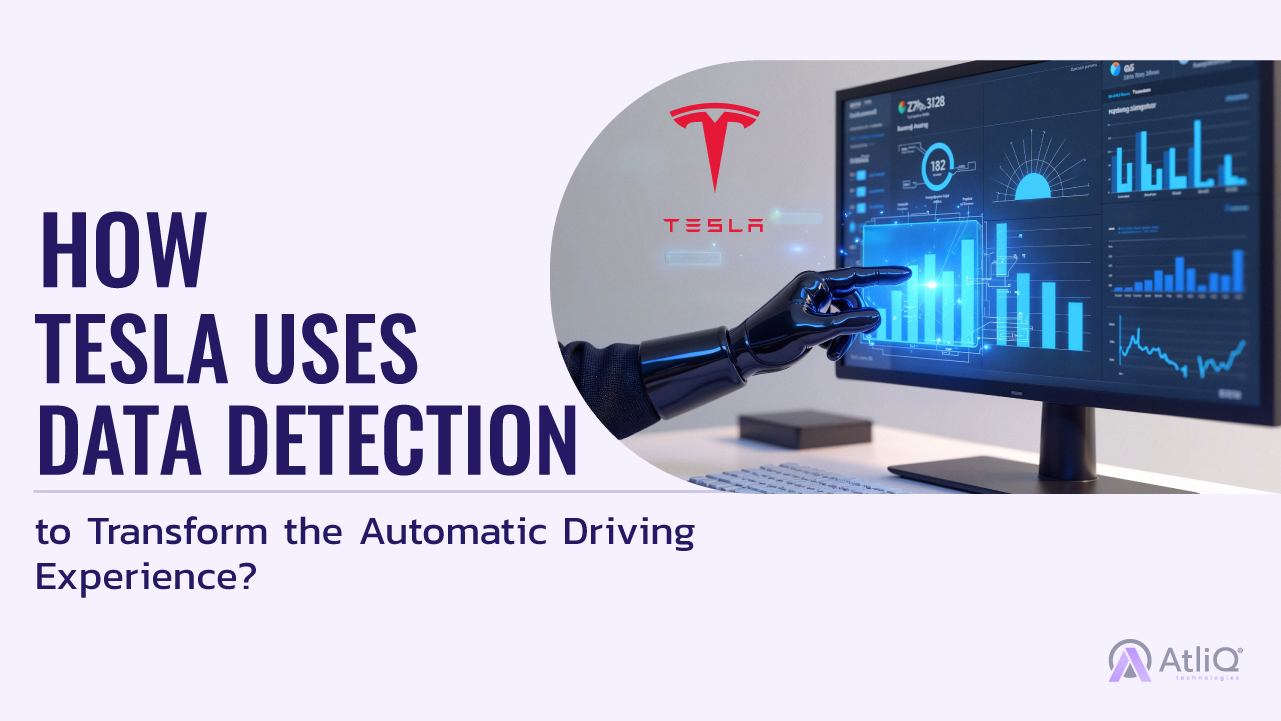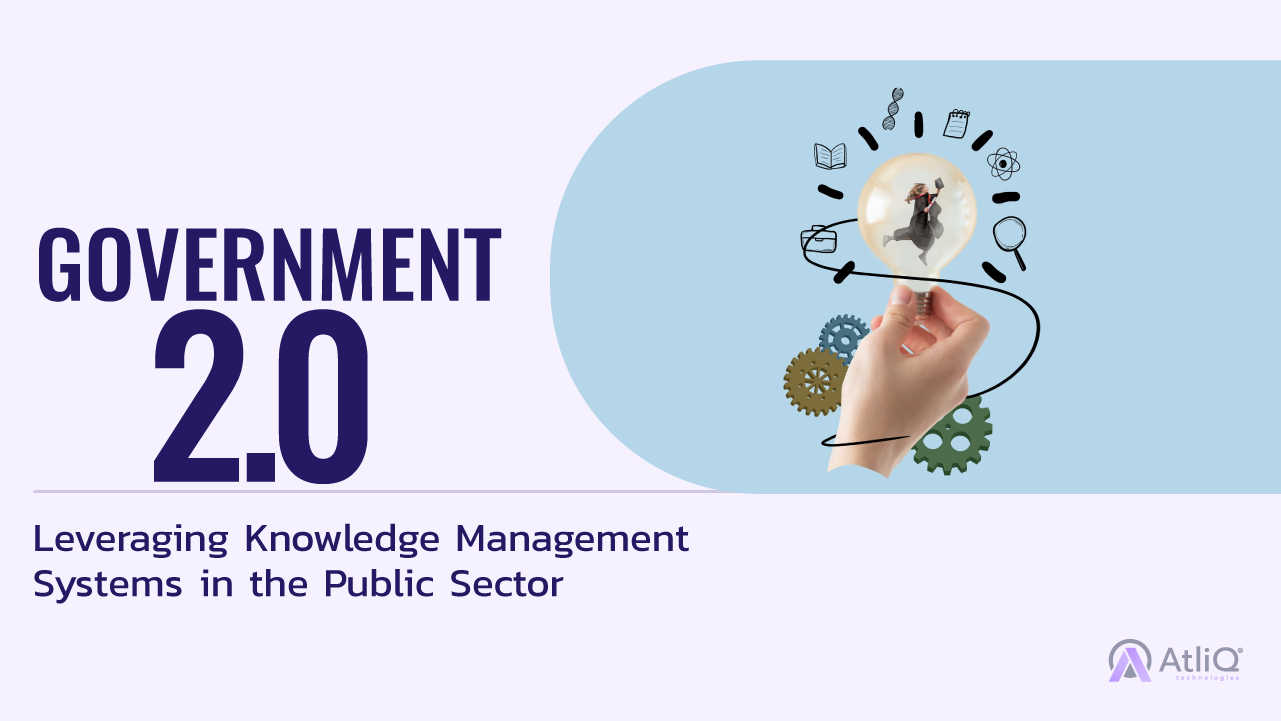
Have you ever wondered what it would be like if government agencies could “remember” everything and share their “memories” to make our lives easier?
Picture this: Every bit of important information is at the fingertips of those who need it, whenever they need it. No more waiting days for an answer buried in a pile of papers or lost in a forgotten email.
This isn’t just a daydream—it’s what happens when government agencies tap into the power of Knowledge Management. Knowledge Management Solutions are like a super-powered search engine for government wisdom, and it’s changing the game for how the government works for us. Let’s dive in and discover how this isn’t just about making government better—it’s about making it work for everyone, including you and me.
KNOWLEDGE MANAGEMENT– a term that’s buzzing through the halls of power and ringing in the ears of public sector innovators. But what is knowledge management (KM)? At its core, it is the process of capturing, distributing, and effectively using knowledge. In simpler terms, it’s a way for an organization to gather all its insights, experiences, and data into one place so that this information can be shared, updated, and leveraged to make better decisions.
Now, let’s talk about its significance in the public sector. You might be wondering, “Do government agencies need KM?” The answer is a resounding yes. The fact is – and stats back this up – government bodies are inundated with information. According to a report from Deloitte, 73% of employees in the public sector say that their organization is overwhelmed with data, yet they lack the knowledge to use it effectively. Knowledge management solutions (KMS) step in to save the day by organizing data methodically, making it easier for employees to find and use.
But KM’s reach extends beyond just keeping things tidy. The real essence of government knowledge management is its potential to transform public service delivery through informed policymaking and efficient service provision. By integrating KM solutions, government agencies not only preserve expertise amassed over the years but also bridge the gap between silos, ensuring that valuable insights don’t collect dust in forgotten archives.
The importance of knowledge management in government settings cannot be understated. In an age where the amount of available data is exploding – it’s predicted that the world’s data will grow to 175 zettabytes by 2025, according to an IDC report – KMS offers a vital beacon of clarity. They do not simply manage the onslaught of information; they empower agencies to use it strategically.
In essence, knowledge management in the public sector is much more than a mere organizational tool; it is the foundation for building more transparent, responsive, and effective governmental bodies capable of facing the ever-evolving demands of the society they serve. With the right KM solutions, governments can not just keep pace but truly set the pace at which modern societies innovate and flourish.
Key Features of Knowledge Management Solutions for Government
The smooth operation of a government agency hinges on how well it can manage and leverage its knowledge. In an age where data is ubiquitous, the right knowledge management (KM) tools are invaluable. Let’s unpack the pivotal features that underscore the significance of knowledge management solutions in the public sector.
- Centralized Knowledge Repositories: Centralized repositories provide a backbone for government knowledge management, as they consolidate information from various sources into a unified digital space. Data shows that employees can spend up to 20% of their workweek looking for internal information or tracking down colleagues who can help with specific tasks (McKinsey). By having a single source that contains all documents, policies, and procedures, staff efficiency can shoot up because they spend less time searching and more time acting on accurate information.
- Data Security and Permissions Management: Robust security features are non-negotiable. KM in government not only needs to protect sensitive information from external threats but also control internal access. Implementing stringent permissions ensures that the right people have the information they need while keeping tight data security a top priority. For context, 95% of cybersecurity breaches are due to human error (Cybint), highlighting the imperative for watertight permission protocols within knowledge management systems.
- Collaboration and Communication Tools: Siloed knowledge is a roadblock to efficiency. With seamless collaboration tools, a KM solution makes it easy for different departments to work together and share expertise in real time. Deloitte has reported that over 100,000 messages and attachments are sent within their organization daily, indicating the high volume of internal communication and the significance of having robust tools to manage this flow.
- Searchability and Information Retrieval: Efficient retrieval of information is a game-changer, especially in crunch times when rapid response is critical. Enhanced search functions powered by AI can sift through complex data sets to deliver precise results instantly, significantly cutting down the time spent combing through records. The advent of AI in knowledge management in the public sector can not only quicken search times but also predict information needs based on past behavior patterns.
- Integration with Existing Government Systems: For KM tools to truly shine, they must integrate seamlessly with current infrastructures. Compatibility with existing software and databases means no need for a complete system overhaul—saving cost and time. Gartner estimates that through 2021, 85% of effort and cost in a digital experience platform program will be spent on integrations with internal and external systems, including knowledge management. This highlights the critical importance of interoperability in public sector technology strategies.
In conclusion, these key features of KM solutions are instrumental in achieving a digitally fluid government workspace. They enable agencies to not just manage but mobilize their knowledge, leading to better outcomes for public servants and citizens alike. Through enhanced efficiency, security, collaboration, and integration, knowledge management lays the groundwork for informed decision-making that can shape a more dynamic and effective government.
Case Study: The World Bank – Knowledge Sharing as Capital
The World Bank’s mission to reduce poverty on a global scale hinges on the effective dissemination and application of development knowledge. Their Knowledge Management and Learning (KML) program is essential in achieving this goal.
Challenge Solution: The bank set up the KML to create a structured space for over 16,000 staff and stakeholders to connect and share their expertise freely. Communities of Practice (COPs) were instrumental in this strategy, allowing members from different countries to collaborate.
Results: Participation metrics show the impact: COP members reported that engagement in these groups helped improve their work, with specific COPs witnessing over 40% active engagement, well above the average for traditional corporate communities.
Key Takeaway: The World Bank’s proactive approach to KM through COPs has enabled it to swiftly and efficiently tackle complex development challenges with fact-based, shared wisdom that spans across borders.
The Role of Technology in Facilitating Knowledge Management
Technological innovation is rapidly redefining the landscape of knowledge management (KM) in the public sector. The integration of pioneering tools and techniques is not only transforming how knowledge is captured and shared but also how government agencies operate and serve the public.
- Current Technological Trends in KM: Today’s KM solutions are smart, connected, and increasingly automated. Cloud computing allows for the storage and retrieval of vast amounts of data, ensuring information is accessible anytime, anywhere. Social media platforms have been repurposed for internal use, providing an intuitive means for sharing informal knowledge. These current trends bear witness to the growing digitization of government knowledge assets.
- Role of Artificial Intelligence and Machine Learning: AI and ML are becoming powerhouse tools within KM, enabling systems to not only store information but to understand and predict patterns in data. AI-driven analytics can uncover insights within large datasets, forecasting trends and informing policy decisions in real-time. This represents a seismic shift in the depth and speed of knowledge processing that public agencies can achieve.
- The Importance of User-Friendly Interfaces: However complex the technology is, the interface must remain user-friendly. Systems that are intuitive and easily navigable encourage adoption and regular use by government employees. A focus on human-centered design ensures that tools enhance rather than impede the workflow, allowing for frictionless integration into daily routines.
- Ensuring System Scalability and Flexibility: Governments evolve, and so do their KM needs. Technology that can scale alongside growing data volumes and adapt to new challenges is critical. Scalable and flexible KM systems assure that no matter how an agency expands or changes, its knowledge assets remain organized and accessible, safeguarding against obsolescence and promoting longevity in KM investments.
- The Future of KM Technologies in Government: Looking forward, we can expect KM technologies to become even more interwoven with the fabric of government operations. Emerging fields such as predictive analytics, natural language processing, and blockchain present exciting opportunities for enhanced security, improved data integrity, and hyper-personalized user experiences. The future of knowledge management in government is not just about managing knowledge but fueling innovation and transformation within the public sphere.
Technology stands as the key enabler in the quest for more informed, agile, and responsive government agencies. By embracing these technological advancements within KM, government organizations can foster a culture of continuous learning and improvement, set to thrive in an increasingly complex and data-driven world.
In conclusion, as we navigate the complexities of an ever-evolving digital landscape, knowledge management remains one of the most vital tools in a government agency’s arsenal. The path to enhanced efficiency, improved public service delivery, and informed policy-making is paved with the strategic collection, organization, and deployment of knowledge. As the data deluge continues, the agencies that will thrive are the ones adopting robust KM practices, ensuring that the wealth of information at their disposal is turned into actionable wisdom.
The benefits of implementing knowledge management solutions in government agencies are undeniable and substantial—from fostering collaborative environments and preserving institutional memory to driving innovation and ensuring data security. By understanding and overcoming the unique challenges within the public sector, these solutions can lead to transformative outcomes that benefit not only the agencies themselves but also the communities they serve.
Related: Guide to Legal Knowledge Management
AtliQ Technologies emerges as a strategic partner in this knowledge-driven journey. With a suite of KM solutions that can be tailored to meet the discrete needs of government agencies, AtliQ Technologies stands ready to assist in unlocking the transformative power of effective knowledge management. Whether you’re looking to improve decision-making processes, boost operational efficiency, or advance service delivery to the public, AtliQ is equipped with the expertise and tools to make it happen.
Book a free consultation & let’s lead the charge towards a more informed and empowered future!
